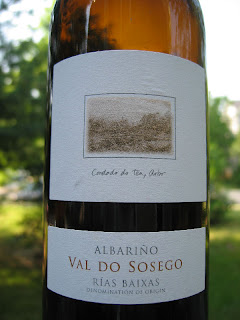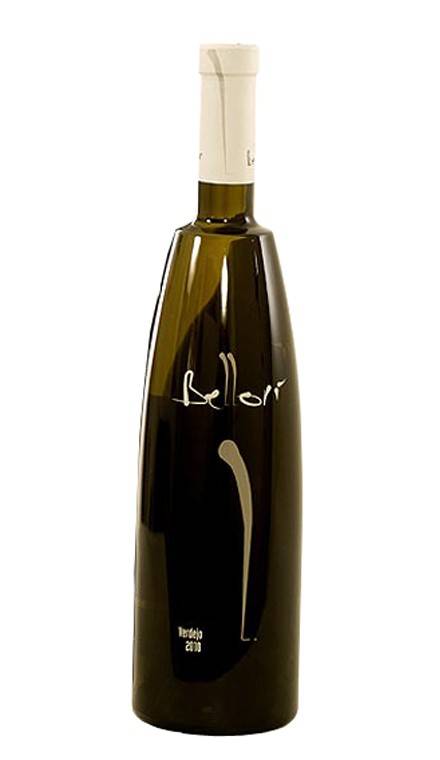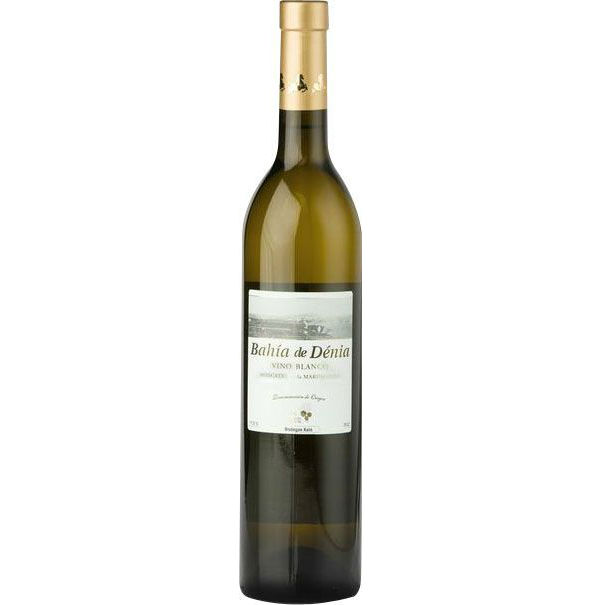When we talk about Spanish wines, it’s easy to think only of its reds — the flagship tempranillos of the Rioja region, the august wines of Ribera del Duero, the trendy new offerings from Priorat.
But we must add Spanish whites to our mental wine lists. Spain makes fabulous whites, from the steely, floral albarino wines of the northeastern Galicia region to the crisp, high-plains verdejos of heartlands Rueda.
People who are accustomed to chardonnay and sauvignon blanc often know little of Spain’s whites. They’re worth learning about. They tend to be light, dry, crisp and mineral-scented, so they go as well with the same foods as the world’s sauvignon blancs.
In Spain, these wines have grown up for centuries with the country’s varied local cuisines, and it’s cliche but true that “what grows together goes together.”
Albarino, from Spain’s northwestern Galicia region, is a steely, floral white wine that goes well with seafood, fish and really just about anything. It is a fantastic white wine to drink just on its own and has quickly become the flagship white wine of Spain. Amongst my favorites are Martin Codax and Val Do Sosego (both Albariño)
Verdejo, is similar to Italy’s pinot grigio, with the crisp minerality and citrus tang from the cold, high plains of Rueda, north of Madrid. It’s great with roasted poultry and roast suckling pig.
Here is a description of the different types of white wine available in Spain
Dry White Wines


Balance, acidity and alcohol are the main characteristics of these wines. To experience all of their finesse, these wines should be consumed within their first two years.
They are more structured than aromatic white wines. The properties unique to natural dry wines make them take longer to evolve and age. But when they do, they sometimes lose a little of their elegance.
Only in rare cases do they age well, and thus they should be consumed during the first two years following their production.
In Spain, natural dry white wines are made from different native grape varieties. Grapes from Albariño, Godello, Macabeo, Treixadura or Airén are just a few examples.
Exotic grapes that are spread throughout the entire Spanish wine country are also drawn upon, in this case Chardonnay, Riesling, Sauvignon blanc or Viognier which are used to make natural dry white wines.
Oaked Dry White Wines
 A white wine becomes dry when it has spent an extensive period of time in contact with wood, particularly oak.
A white wine becomes dry when it has spent an extensive period of time in contact with wood, particularly oak.
The contact between the white wine and the wood can be implemented during the entire fermentation process or only during part of the process.
The containers used to mingle wine and wood are varied. The most common barrels are the Bordeaux barriques style ones which hold 225 litres, but there are also barrels that hold 500 litres or more. Depending on their capacity, they are made out of different types of wood. The most frequently used wood is French oak but barrels made of American or Central European oak are also manufactured and are very popular nowadays.
The time that the wine remains in the wood varies. It depends on the type of grape and the winemaking techniques used.
But any oaked dry wine can be distinguished from other white wines by its personality, reflecting a blending of the characteristics of the area and the grape with the properties of the wood.
White wine that has been oaked will take on a distinct visual appearance, aroma and palate. A more intense colour, bordering on golden, is the first clue. The nose retains the aromas of the grapes themselves melded with the aromas that are typical of the wood used. Not all grape varieties are adequate for making this type of wine. The best ones include: Chardonnay and Aligote, and for Spanish grapes, Verdejo, Albariño and Godello.
The nuances of the grape variety are added to the aromas that are inherent in the wood – mainly the aroma of vanilla and spices.
The mouthfeel of these white wines is intense with more body, structure and volume and with a personality that is very different from other white wines. They can be kept for longer.
Sweet White Wines
 This category of sweet wines is comprised of all wines with a high amount of sugar, whether residual or derived from the procedures to add alcohol to the unfermented grape juice.
This category of sweet wines is comprised of all wines with a high amount of sugar, whether residual or derived from the procedures to add alcohol to the unfermented grape juice.
This category also includes wines with a low alcohol content that are enhanced with sugars derived from various procedures such as the freezing of grapes on the vine or a later grape harvest.
In Spain, there are three main groups that are among the most prized: Muscat, Malvasia and Pedro Ximénez wines.
Muscat wines are made from different varieties of Muscat grapes. In Spain the ones made in Andalucía, the Levante and Navarre are the most distinguished, although the areas of production and the different types of grapes used in the production process of these wines provide different flavour nuances (Muscat from Málaga, Moscatel Romano, Muscat of Alexandria, etc.). The golden and shiny colour, the fruity aromas and the crisp and sweet palate are consistent across these wines. (It is worthwhile to note the differences among these wines by geographical region, grape variety, harvesting seasons and processes)
Malvasia wines are made from a very particular yet common grape. The varietal should be discussed where Canarian Malvasia can be highlighted. The grape is left to mature on the vine and is harvested when the concentration of sugar is very high or it has dried in the sun. It is used as a varietal for natural sweet wines with an alcohol content of 16%. The result is a high-quality wine that is typical of Lanzarote. The Malvasía sweet wines from the Canary Islands are a toasted golden yellow colour with mineral aromas and flavours and with lots of body.
Finally, Pedro Ximénez wines come from a white grape of the same name. They are Andalusian wines that are also distinguished by their high sugar content. The harvested grapes are turned to rasins and to do so are put in the sun for 4 to 15 days, placed upon wide areas of ground on top of esparto fabric. This dehydration process makes fermentation very difficult, which is offset by adding distilled spirit. Finally, they are subject to a single ageing process in a criadera and solera barrel system.
These wines have a high sugar content and a variable alcohol content – between 8% and 15%. They are very dense and concentrated with a colour that can vary from chestnut tones to dark brown or almost black with a golden glow.
Young Aromatic White wines
 These wines preserve the aromatic qualities and characteristics of the raw ingredients used. They are labelled as light and acidic with floral and fruity aromas.
These wines preserve the aromatic qualities and characteristics of the raw ingredients used. They are labelled as light and acidic with floral and fruity aromas.
Just like all white wines, young whites are obtained from white grapes or red ones without a coloured pulp. The grape juice is allowed to ferment without the grape solids or the stems, which are elements that colour the wine. Once the fermentation is complete, the wine is clarified, filtered, stabilised and bottled for sale.
It retains the characteristics of a young wine in terms of acidity, lightness, its floral and fruity aroma, temperament and warmth.
In order to achieve the desired results in making young white wines, the grapes that will be used are painstakingly selected. Generally, aromatic grapes are selected such as Gewürztraminer, Muscat, Riesling, Macabeo or Parellada grapes.
The winemaking process is also carefully conducted, controlling the fermentation temperature and other parameters.
By extension, today white wines that are made in such as way as to preserve the aromatic properties and characteristics of the raw ingredients to the greatest extent possible are included in this group.